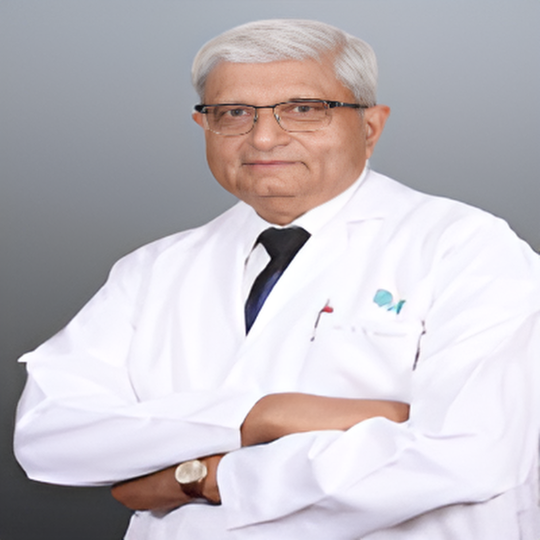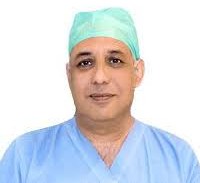Heal Hub Pulse
When it comes to treating conditions of the ear, nose, and throat, India is home to some of the most highly skilled and globally recognized ENT (Otorhinolaryngology) specialists. With years of experience, advanced training, and access to world-class medical technology, India’s best ENT doctors offer comprehensive care across a wide range of conditions — from sinus disorders and hearing loss to complex skull base surgeries.
Why Choose India’s Top ENT Specialists?
Internationally Trained Experts: Many leading ENT doctors in India have trained or practiced in top institutions in the USA, UK, and Europe.
Advanced Diagnostic & Surgical Techniques: From endoscopic sinus surgeries and cochlear implants to minimally invasive head and neck procedures, India’s ENT experts are at the forefront of medical innovation.
Cost-Effective, High-Quality Care: Patients from across the globe choose India not just for its medical excellence, but also for the affordability of treatments without compromising quality.
Multilingual & Patient-Centric Teams: International patients receive special care with English-speaking staff, language interpreters, and personalized assistance throughout their medical journey.
Common ENT Conditions Treated:
Chronic Sinusitis & Nasal Polyps
Hearing Loss & Balance Disorders
Tonsillitis & Sleep Apnea
Voice Disorders & Laryngeal Issues
Ear Infections & Tinnitus
Head and Neck Tumors
Top Treatments & Procedures:
Endoscopic Sinus Surgery
Cochlear Implant Surgery
Tympanoplasty (Eardrum Repair)
Septoplasty & Turbinate Reduction
Head and Neck Cancer Surgery
Microscopic Ear Surgery
At Heal Hub Pulse, we connect you with India’s leading ENT hospitals and specialists, ensuring a smooth and stress-free experience from consultation to recovery. Whether you’re looking for expert diagnosis, second opinions, or surgical solutions, you’re in the best hands with India’s ENT doctors.

ENT Specialist

ENT Surgeon

ENT Specialist

ENT Specialist
H. No. E-351 Sanjay Colony Okhla Phase 2
New Delhi 110020
+91 72920 47525
info@healhubpulse.com
WhatsApp us